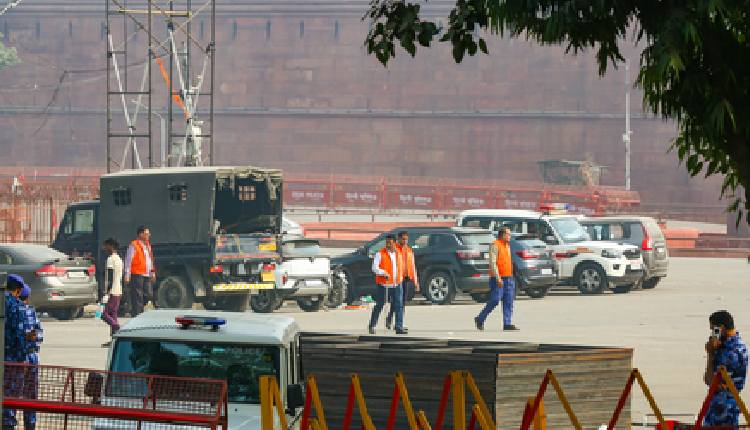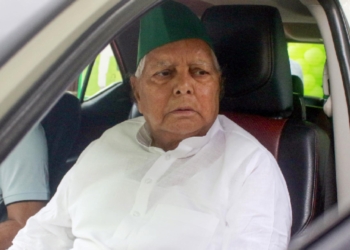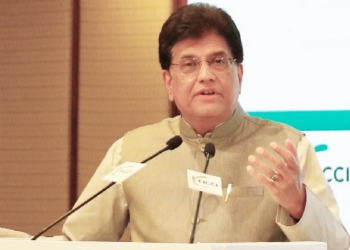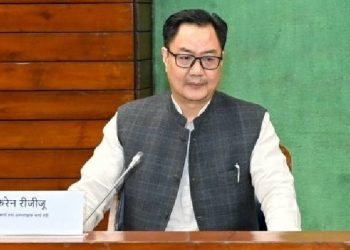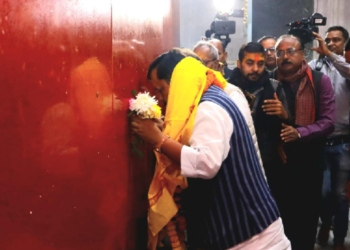The ongoing probe into the Delhi Red Fort blast is closing in on the direct role played by Pakistan’s Inter-Services Intelligence (ISI). An operation of such a massive magnitude that also included setting up the Faridabad module could not have been possible without institutional backing, an official said. It has now been established that a person named Faisal Iqbal was the one who played a major role in setting up the module. Iqbal, an Intelligence Bureau official says, is an ISI operative and he was roped in specifically to set up the module and orchestrate the operation which involved carrying at least 200 blasts.
While his Pakistani identity and the nature of job has been confirmed, the agencies are yet to ascertain whether he was operating out of Pakistan or Afghanistan. The ISI had planned on orchestrating this entire episode outside of Pakistan soil as they did not want the trail to lead up to them. As part of the probe, the agencies have been scanning and analysing the chats between the module members and their handlers.
The agencies have learnt that three handlers were behind this incident. Each of these handlers were assigned different roles, but the most important one was managed by the ISI official, Faisal Iqbal. Iqbal, according to an official, gave instructions to the accused on how to set up Telegram channels. He even instructed them on how to remain discreet about the planning and also the setting up of the module.
Officials suspect that the module was in the making since 2019. However, everything began to take shape in 2021 and by 2023, the module was fully operational. Another official said that the manner in which the module operated with such precision and managed not to come under the radar clearly suggests that a top ISI official was part of the operation.
It was very much on the model of the Mumbai 26/11 attack where the planning and the final part of the execution remained very secretive. This operation involved the top brass of the ISI and Pakistan armed forces. Each one of them was part of the planning, training, logistic planning and execution. It is only when professionals of such high levels are directly involved that an operation of such a scale can be executed.
The setting up of the Faridabad module was an operation that was completely overseen by professionals in the ISI. The amount of ammonium nitrate that was seized and the plan that the module had in mind is a clear indicator of the magnitude of the operation, an officer investigating the Red Fort blasts said. The other two handlers involved in this operation were Ukasha and Hashim, the probe team found.
These two handlers were operating from the Tora Bora mountains and along with Iqbal, were involved in radicalizing and guiding the module members, the probe has found. While this was an operation that was entirely overseen by the three handlers operating from foreign soil, the ISI found the need to have a local hand as well. They selected Mufti Irfan Ahmed Wagay from Jammu and Kashmir. His chat transcripts with the module members and other handlers clearly indicate his direct role in the operation.
He was one who was behind propaganda posters of the Jaish-e-Mohammad that had come up at Nowgam in October. This is what led to the Jammu and Kashmir police launching a probe that eventually led to the busting of the Faridabad module. Wagay, the investigators say, is a cleric from Shopian. He would help in the transfer of funds and weapons. He was also involved in the indoctrination of the Faridabad module members.
He remained in close contact with Dr. Shaheen Saeed, who was in-charge of radicalisation and recruitment. The other conspirators include, Muzammil Ahmed Ganai, from whose rented flat in Faridabad about 350 kg of ammonium nitrate was recovered Adeel Ahmed Rather and Dr Umar Nabi who drove the i20 car which exploded near the Red Fort.
(IANS)





